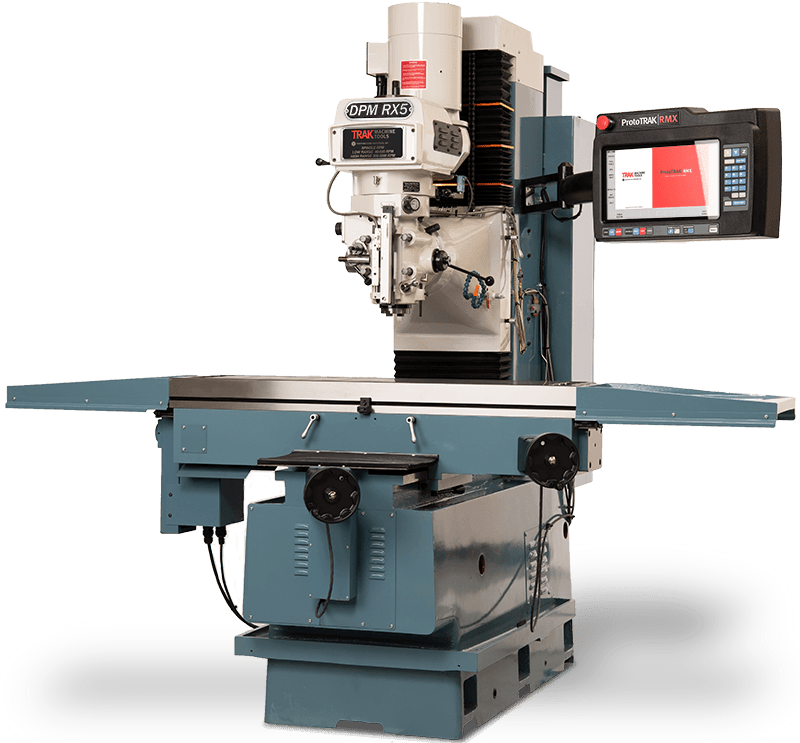
Originally Posted by
Edward Weber

I already addressed all of that is my previous post.
The only point I was attempting to make was ,
You can chase the elusive .000infinty or you can adjust things as close as you can (as your tools/budget permit) knowing that there will be movement afterwards. Also knowing that any misalignment of .oowhatever more than likely won't make any difference at all in the cut or the final product.The difference between .005 to .007 is not going to matter in most woodworking situations
If (in the perfect scenario) I drill the perfect hole in a piece of wood, it's only perfect for an instant. The fact that there is now a hole has changed the internal stresses of the wood, it has allowed ambient humidity in, it may have weakened the wood and so on and so on. It is now, no longer the perfect hole one worked so hard to achieve.
So, sure, you can separate machine setup from wood movement, I agree but where do you stop? When does it become not worth it to align your tool to machinist levels, knowing that after any alteration, whether it be planing, sawing or drilling, the material itself can change. Is it a thousandth, a ten thousandth or a hundred thousandth?
Also drill presses are named such, because here in the states they resemble the look of an arbor press. Other places they are often called pillar drills. Meaning the word press isn't a part of the name or description of the tool.
The bit should cut the wood with minimal effort, which is partially why most woodworking drill presses are less than 1HP. There is no need to have a table built like a bridge or any need the pull with all your might causing bit or table deflection. If you're seriously worried about the table or head deflecting due to too much force being applied, it's either the wrong tool for the application or you're using the proper tool incorrectly.
Remember, woodworking
Do what suits you. .005-.007” runout is a lot to me, I usually like parts to fit to closer tolerances than that for the work I do.
A simple procedure of plugging a hole, as example, .005” large on the hole and the plug installs with a visible glue line. If this is ok for you, I have no problem with that.
I like things built heavy not because I am trying to force anything, rather it is becuase I do not like delicate tools which are generally louder, cannot support heavy material and vibrate more.
As example I was working 10’ long, old growth 6x6 posts with my Wadkin mortiser recently, using a 1” square bit. Try that with a ‘good enough’ powermatic. I used the machine to cut 1” mortises in maple also. Perfect results.
Last edited by Brian Holcombe; 08-29-2021 at 10:21 AM.
Bumbling forward into the unknown.






 Reply With Quote
Reply With Quote

